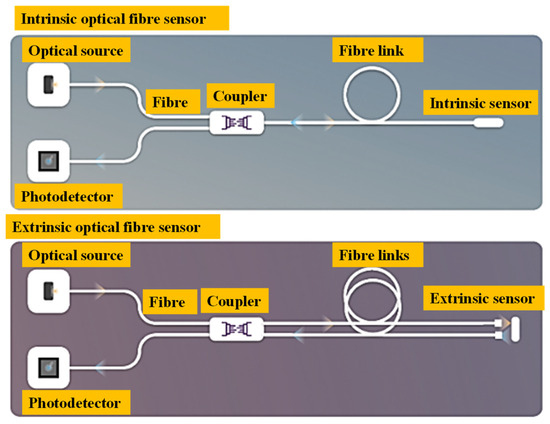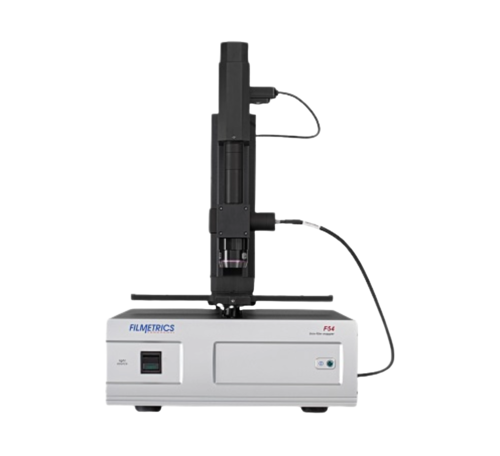How an Optical Fibre Diameter Analyser Optimizes Manufacturing Accuracy
How an Optical Fibre Diameter Analyser Optimizes Manufacturing Accuracy
Blog Article
Maximize Your Fibre Optic Efficiency: Comprehending Optical Fiber Diameter Analyser Modern Technology
The efficiency of fiber optic systems is seriously influenced by the precision of their diameter, an element typically ignored in the quest of optimum signal integrity. Comprehending the technology behind optical fiber diameter analysers discloses the elaborate balance between dimension accuracy and production high quality.
Relevance of Optical Fiber Size
The size of optical fiber plays a vital duty in identifying the efficiency and effectiveness of interaction systems. It influences numerous crucial parameters, including the mode of light breeding, attenuation, and bandwidth ability. Larger sizes usually allow for multiple light modes, facilitating greater data transmission rates. Alternatively, smaller sized diameters have a tendency to sustain fewer modes, which can improve signal clearness and lower crosstalk.
Additionally, recognizing the size's effects can bring about cost savings by reducing the need for signal boosting and repeaters in comprehensive networks (optical fibre diameter analyser). Finally, the significance of optical fibre size can not be overemphasized, as it directly influences the overall performance and dependability of modern interaction systems

Exactly How Size Impacts Signal Quality
Signal top quality in optical fiber systems pivots substantially on the size of the fibre. The diameter influences several crucial criteria, consisting of attenuation, transmission capacity, and modal dispersion. A smaller sized diameter can bring about greater depletion rates, leading to signal loss as light travels through the fiber. This attenuation can compromise the honesty of the transmitted data, leading to a decrease in signal quality, especially over long ranges.
Conversely, larger diameters typically allow for improved light capture and reduced modal dispersion, improving signal quality. In multimode fibers, a bigger core diameter can sustain numerous light modes, however it may likewise introduce intermodal diffusion, which can weaken signal top quality. Therefore, picking the optimal fibre size is critical for achieving the preferred efficiency in details applications.
Additionally, the communication between the fiber diameter and the wavelength of the light used plays a critical function in establishing the efficient transmission range and total signal integrity. Comprehending just how fibre diameter affects signal top quality is important for network designers and engineers aiming to maximize optical fibre systems for dependable, high-speed information transmission.
Overview of Size Analyser Modern Technology
In numerous optical fiber manufacturing procedures, precise measurement of fiber diameter is important for making sure constant efficiency and top quality (optical fibre diameter analyser). Size analysers are advanced tools created to assess the physical dimensions of optical fibres with high accuracy. They utilize advanced optical and laser innovations to measure the size, ovality, and concentricity of the fiber, thus providing important data for quality assurance
These analysers can operate in-line during the production process or as part of off-line screening procedures. In-line systems enable real-time tracking, permitting manufacturers to change criteria instantly, thereby maintaining optimum manufacturing problems. Off-line analysers, on the other hand, provide extensive examinations of batches, guaranteeing that any type of deviations from specified tolerances are identified and attended to.
Size analysers considerably contribute to the decrease of defects in optical fibers, improving overall product dependability. By regularly determining key specifications, these modern technologies facilitate compliance with market standards and specs. As the demand for high-performance optical fibers remains to climb, the role of size analysers ends up being increasingly crucial in accomplishing the desired top quality and performance criteria in fibre optic systems.
Secret Features of Fiber Size Analysers
Although different designs of fibre diameter analysers exist, they commonly share several essential functions that enhance their functionality and reliability. One of the most substantial features is high-resolution measurement capacities, which ensure specific size readings, important for keeping quality assurance in fiber manufacturing. In addition, lots of analysers include innovative optical sensors designed to spot minute variants in fiber diameter, therefore providing vital information for process optimization.
Another crucial attribute is real-time tracking, permitting drivers to receive immediate responses on fiber size throughout the manufacturing process (optical fibre diameter analyser). This ability facilitates fast modifications and reduces the probability of problems. Many analysers additionally come geared up with straightforward interfaces, enabling operators to conveniently browse with setups and information outputs
Furthermore, robust data storage space and analysis capabilities are important for tracking historic efficiency fads and ensuring compliance with sector requirements. These functions collectively contribute to the efficacy of fiber diameter analysers in enhancing fibre optic efficiency.
Finest Practices for Fiber Optimization

First, routine calibration of optical fiber size analysers is necessary. This makes sure exact measurements and minimizes possible discrepancies that can affect performance. Next off, preserving a tidy working environment is vital; dirt and contaminants can bring about signal destruction.
Additionally, it is More Info essential to choose fibres that satisfy certain application needs. This involves examining variables such as attenuation, transmission capacity, and environmental conditions. Appropriate installment methods should also be abided by, including preventing sharp bends and too much tension, which can jeopardize fibre stability.
Additionally, using sophisticated tracking systems can help with real-time efficiency analyses, making it possible for prompt recognition of issues. Normal screening and upkeep should be performed to make sure that fibers continue to be within ideal functional criteria.
Last but not least, training personnel on the most up to date fiber optimization technologies and methodologies will certainly improve their capacity to execute effective methods. By following these best techniques, companies can substantially boost the performance and life-span of their optical fibre systems, making sure reliable interaction and data transfer.
Conclusion
In conclusion, the integration of optical fibre size analyser technology is crucial for maximizing fiber optic performance. By making sure exact measurements of fiber dimensions, these analysers substantially enhance signal quality and minimize losses throughout data transmission.
Signal quality in optical fibre systems pivots significantly on the diameter of the fibre.In several optical fibre manufacturing processes, accurate dimension of fiber diameter is important for ensuring consistent efficiency and quality. As the demand for high-performance optical fibers proceeds to rise, the duty of diameter analysers comes to be progressively essential in attaining the wanted top quality and efficiency standards in fiber optic systems.
These attributes collectively add to the efficacy of fiber size analysers in optimizing fiber optic efficiency.
In basics final thought, the integration of optical fibre size analyser technology is critical for making the most of fibre optic performance.
Report this page